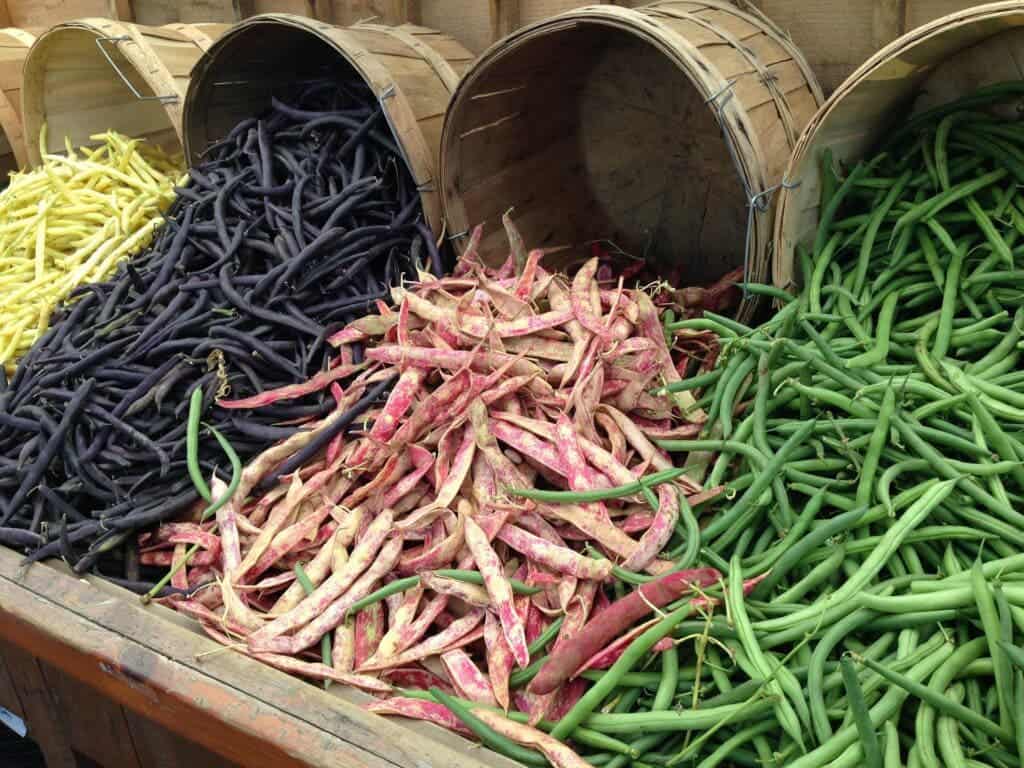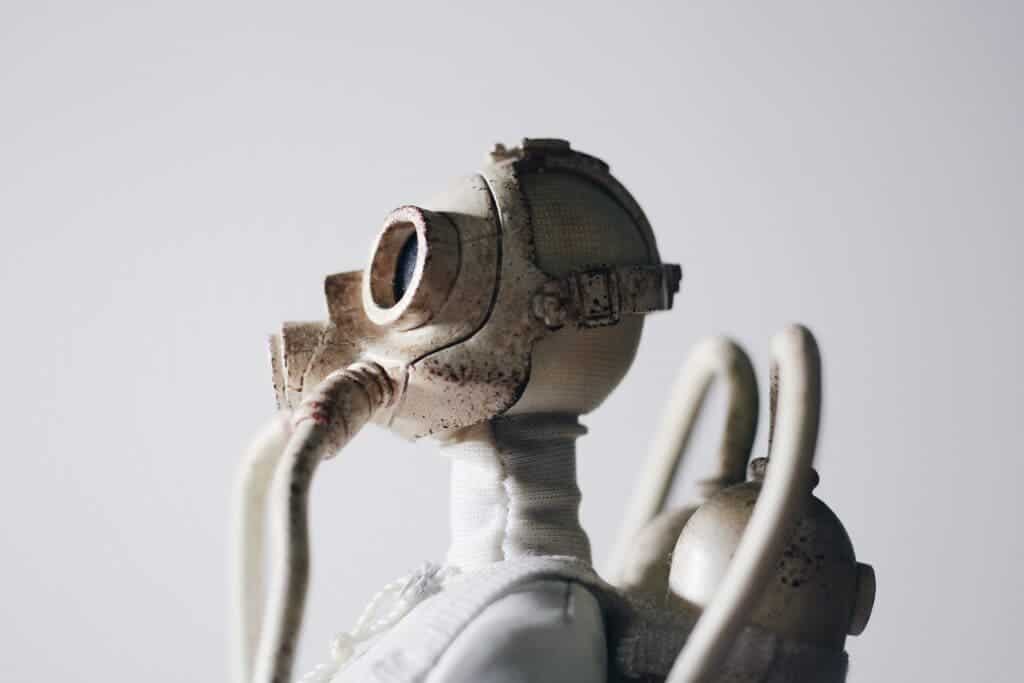Beans contain high levels of raffinose, a type of carbohydrate that our bodies can’t really digest. However, bacteria in our guts can consume it through fermentation, a process that releases quite a lot of gas into our gut. And it has to get out somehow.

Nothing is quite as American as apple pie, the saying goes. But nothing says American settlers quite like pork and beans. This probably means the New World was quite a windy place during the time, especially as Native Americans also ate these pulses quite a lot. Jokes aside, we all know that beans can definitely make us gassy. So what is it about beans that causes such a ruckus in our stomachs, and why don’t other foods do the same?
Well, to be fair, beans aren’t the only food that can cause flatulence, but they are the most infamous for doing so. And we’re going to learn all about it.
Getting to the bottom of it all
The main culprit here is a type of sugar molecule — a trisaccharide known as raffinose. It’s by no means exclusive to beans. Sugar beets, the main raw ingredient in many refined sugars today, actually contain quite a lot of raffinose. But beets are heavily processed to yield their precious sugars, a process that breaks down or removes raffinose from the end product. Beans, on the other hand, are simply cooked, which does not remove all the raffinose.
Every one of you here probably has a basic grasp of the process of digestion. Food goes in your tummy where it gets broken down, either to fuel us or to become us. But our bodies aren’t capable of digesting everything we eat. In fact, our bodies and that of pretty much every other animal rely on symbiotic bacteria to help us along. They help us get more bang for our burgers, and our bodies provide a safe and cozy place to live in.
Cows, with their four-chambered stomachs, are a prime example of such an arrangement. Grass is very hard to break down due to its high content of cellulose — humans can’t digest it at all, for example. The multi-chambered stomachs of ruminants (including cows) allow its processing through specialized mechanisms, including quite a rich microbial community that attacks and degrades cellulose.
Our guts work the same way, even if we only have one stomach. Raffinose is resistant to our digestive fluids. We know of one enzyme, alpha-galactosidase, that can break down raffinose, but it isn’t present in our stomachs. However, several species that live lower in the gut (“beneficial bifidobacteria and lactobacilli, Escherichia coli, Enterococcus faecium, and Streptococcus pneumoniae) can process raffinose, and generate gas as a side-effect.
The exact ratio of gases released in our bowels depends, unsurprisingly, on exactly what we ate. Generally, however, whenever you fart, you’re producing a mixture of nitrogen, methane, and carbon dioxide.
Do we even need farts?

To be alive is to be flatulent — for the most part. Pretty much every organism out there with a digestive system resembling our own will pass gas at one point or another throughout their lives. It’s simply part and parcel of the kind of chemical reactions and biological processes that underpin digestion in the first place.
To put it all into perspective, animals all over the world emit enough gases to have a meaningful impact on the planet’s climate. Cows are responsible for an estimated 4.6 gigatons of CO2-equivalent per year, mostly in the form of methane released directly through flatulence, or indirectly, from the breakdown of manure. That’s over two-thirds of the annual emissions of the entire United States.
Ruminants such as cows are a special case, on account of their diet and anatomy, but even we, as a species, fart a lot. According to Healthline, your average person passes gas 5 to 15 times every day. With almost 8 billion people alive today, that adds up to a lot of gas.
Diet obviously helps reduce them, but overall, we probably won’t do away with farting any time soon. It’s a natural process that has an important role to play in keeping us alive: flatulence prevents gas build-up in our guts from becoming dangerous and allows digestion to work as intended.
Can we get rid of some of it?
While we can’t pacify the beans entirely, there are some tricks you can employ to reduce how much bloating they cause.
We’ve talked a lot about raffinose, but beans, other pulses, and legumes in general, are quite rich in fiber. If your diet doesn’t generally include such items, and then you chow down on nothing but beans and lentils for a whole day, you will get quite gassy. However, gradually mixing them into your diet will produce much less explosive results, as it gives your microflora (the bacteria in your gut) time to adapt to the change and better help you digest your food.
Soaking the beans overnight also seems to help, although it is a pretty contested topic. However, I was able to find reliable, peer-review data in support of soaking your beans. The study looked at how soaking before cooking impacted the levels of gas-inducing compounds in the beans. They used either plain water or water mixed with baking soda, soaking the beans in each for either 6 or 12 hours. Soaking them for 12 hours removed the most gas-inducing compounds, the team explains, in either solution. It could be that longer soaking periods might yield better results. All this being said, however, they caution people against using the water they soaked the beans in for cooking — throw it out.


